Many of you have heard me tell the story of the day I shot and killed a bank robber during a pretty intense shootout. If you haven’t heard the story in person you may have read about it here on this site in one form or another.
But there’s a part of the tale I haven’t shared, and today I’ve decided to open the door in the back corner of my mind where this story lives. I’m doing so because those of you who write truly need to hear it. I say this because these are often the tiny details missing from your tales.
“That” Day
I’ve talked about the bullets zinging past my head with some striking the metal and glass of a nearby police car. I filled you in on the slow motion and my inability to hear that began the moment the robber fired his first round. I mentioned the 68 rounds that were exchanged (I fired five with all five striking the point of his body for which I aimed—one to the head and four practically dead center of his chest).
I told you about the dog barking. Of the bad guy folding like a carpenter’s ruler each time one of my 9mm bullets struck him, and then each time he popped back up like a clown in a jack-in-the-box to fire still more rounds at me and the other officers who’d arrived.
I turned to see one of the backup officers take cover beneath his vehicle, rolling under it in the same manner as a child would while playfully tumbling down a hillside. I saw members of a state highway construction crew quickly climb into the back of a dump truck just seconds before gunfire struck the vehicle. The big truck’s metal body served them well.
I described the man’s final charge with gun in hand when I and a sheriff’s captain tackled the robber at which time I saw the barrel of his pistol aimed point blank at my face while he frantically and repeatedly squeezed the trigger, hoping to kill me. I let you know that I still sometimes hear the repetitive click, click, click of the hammer falling each time he pulled that trigger.
Then I handcuffed him, and he died.
What I haven’t described to you is what took place after I cuffed him, knowing that a man I’d shot died while wearing my handcuffs.
After He Fell
I stood watching as EMS personnel frantically did their best to keep the 22-year-old bank robber alive. Sure, they contaminated the scene with empty gauze packaging and plastic wrappings and tubes and IV stuff, and with foot and knee prints in the soil. And they moved the man to slide a backboard beneath his body, and then then I saw them start chest compressions, and rescue breathing using an Ambu bag. But they were doing their best to save a then rapidly dying man.

EMS workers doing their best to save the life of the robber.
The air was still, hot, and extremely humid immediately after the man fell for the last time. When he did, my hearing returned as did real-time motion.
Since I was a detective on my way to a court proceeding when the robbery occurred, I wore a sports jacket, white shirt, khaki pants, a tie, and dress shoes. The robber had on a t-shirt, shorts, and tennis shoes with no socks. Perspiration dampened my shirt. Blood soaked the robber’s.
At the time, I was working a special assignment and had grown out my hair a bit to better blend in with a particular group of bad folks. At the scene, due to nerve- and heat-induced sweating, I’d pulled the sides of my perspiration-dampened hair behind my ears. Still, sweat rolled down my cheeks like tiny waterfalls. It’s one thing that, for some reason, stood out to me. One of the many little things that did and still do.
The ambulance left the scene with red lights flashing and siren wailing. I stood on a grassy hillside surrounded by bullet casings, rescue debris, dozens of police cars with blue lights winking and blinking, scores of police officers from several agencies, news media, a crowd of citizen looky-loos, one police car with the windshield and side glasses shattered by incoming gunfire, and puddles of drying blood.
I watched until the ambulance drove out of sight.
I’d never felt so alone in my entire life.
When all was said and done at the scene, I drove back to my office where I was asked to give a statement to the investigator who’d handle the shooting. Other investigators from the outside agency were on hand as well, demanding my gun for comparison. They unloaded it and immediately counted the rounds left in the magazine and the one in the chamber. I was issued another weapon since they’d keep that one until the investigation was complete.
All I wanted to do was to go home to be with my wife. I needed calm in the midst of chaos.
However, instead of allowing me to decompress, my immediate supervisor, the chief of police, told me to go to the morgue to video and photograph the dead robber, and to collect my handcuffs.
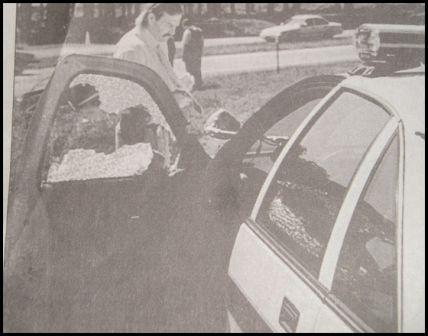
Me, immediately after the shooting. notice the shattered glass of the patrol car. Several rounds from the robber’s gun were found in numerous locations inside the car, including the seat, doors, hood, engine compartment, and even one in the ash tray. Here you can see the hair pulled behind my ears. Why this stood out to me is a mystery, but I can still sense the feeling of it as if it were happening at this very moment. An odd feeling. It truly is.
What happened next is a macabre and blurred memory that will remain inside my skull until the day I die.
I and another investigator who, at the time, was assigned to a drug task force, drove to the morgue. He had one of those huge and clunky VHS video recorders in his unmarked car.
We arrived in separate vehicles and he waited for me to pull up beside his car and park so we could enter the building together.
I still had on the same clothes, the jacket and tie. He wore his typical jeans and t-shirt with a gun hidden somewhere beneath. His hair was long and curly and he had a thick, dark beard that nearly touched his chest. He was a huge man who stood at six-feet-eight-inches. He died a few years ago in a car crash while en-route to assist an officer. My detective partner at the time has also passed away. So has another officer who was there “that” day.
I approached the doors to the morgue. Head-high square windows near the top of each door allowed a view directly to the front of room. He was there, on his back, shirtless.
Cool sweat began to flow down my back (perspiration seems to play a big role in these memories). A lightheadedness set in as I pushed open the green double doors and stepped inside using what felt like rubber legs to push me forward. The undercover guy had already begun filming the body and narrating what he observed.
Seconds later, and I do not remember walking over, I stood beside the guy I’d killed an hour or so ago, looking at what I knew would be cold flesh. His chest and face were badly bruised and covered in streaks of dried rusty-brownish blood. Chest and belly hair stuck together in clumps matted together by more of the dried fluid that trailed from four nearly perfect round holes at the center of his chest. Holes I placed there with 9mm bullets fired from my pistol.
Another neat and perfectly round hole—an entrance wound, the first shot I’d fired—was an inch or so from his left ear, just above his cheek. A trail of clotted blood went from there down to his jaw where a single drop had hardened before it could fall. I vividly remember placing my sights at that very spot, the one near his ear. It was center mass of what I could see of the man as he hid behind his car, an old station wagon that belonged to his father.

I fired my first round through the rear car window. The round struck the robber’s head near his left ear, just above his cheek. The large hole in the side of the car was caused by a slug fired from a patrol officer’s shotgun. The round was later found inside a duffel bag filled with clothing. I had a better angle of fire, especially after the gunman moved from behind the car to square off with me.
He crouched beside the car while lobbing rounds at police officers who’d positioned themselves atop a small hill. His head was all I could see and his head was for what I aimed.
In my mind I saw the entire event again as I stood there, as motionless as his dead body. I saw him go down after the round struck the side of his head and I was stunned to see him pop up to begin firing again.
I walked around the stainless steel gurney and saw the reason why that round didn’t kill him. Since he was positioned at the bottom of the hill my shot entered the target at a downward angle. The bullet went in near the ear and exited in an ugly tearing of flesh and bone just below his right lower jaw.
When he stood and turned toward me to fire even more rounds was when I started perforating his chest, answering his bursts of gunfire with a round of my own, each time he stood to shoot. He fired and I placed a shot dead center of his chest. He fell. Then he popped back to fire and I’d fire another round and down he’d go. I fired four rounds into his chest, all eventual fatal rounds, yet he still managed to get up and charge at officers.
And that exchange of gunfire, my precise shooting, was what brought me to the point of slipping my handcuff key into the lock of my, what were then extremely bloody handcuffs. I released the catch and for what I believe was the first and last time that the person wearing them did not rub their wrists after they were removed.
No, “Thank you.”
No, “Glad to get those off.”
No, “I want my lawyer.”
No, “I’ll have your badge.”
Nothing.
Just the sound of my pounding heart.
And a dead guy.
A man I killed.
Even now, as I write this, the emotion is there. My heart feels these words. My mind sees the dead robber just like he’s here beside me helping to tell the story.
But there are no words.
Just five little holes.
Well, six, if you count the hole in my soul.
The one he fired when he decided to use me to end his life.
"You get always what you want from me
You can make it easy, can't you see
You shot a hole, hole, hole in my soul." ~ C.C. Catch



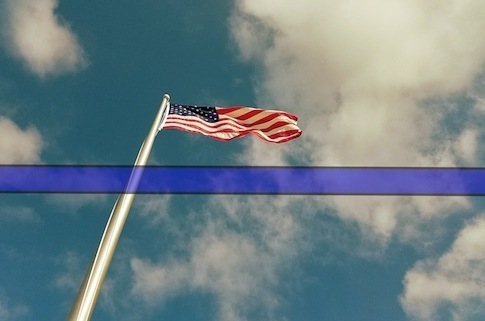
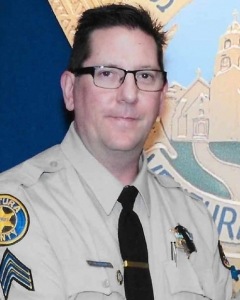 Sergeant Ron Helus
Sergeant Ron Helus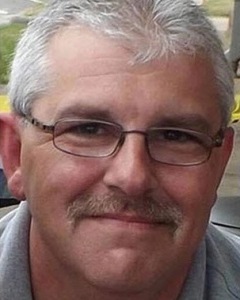 Corporal Travis Wells, 46
Corporal Travis Wells, 46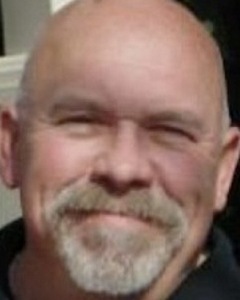 Special Agent Dennis P. McCarthy, 65
Special Agent Dennis P. McCarthy, 65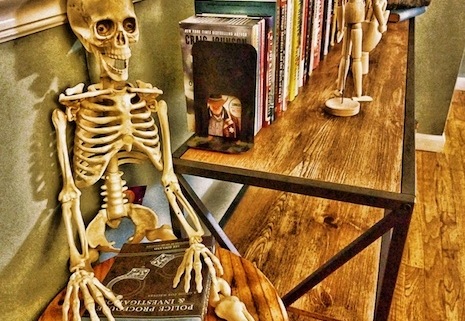
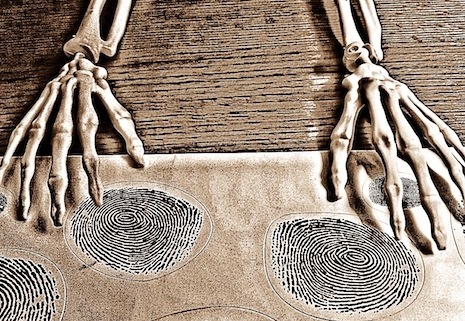
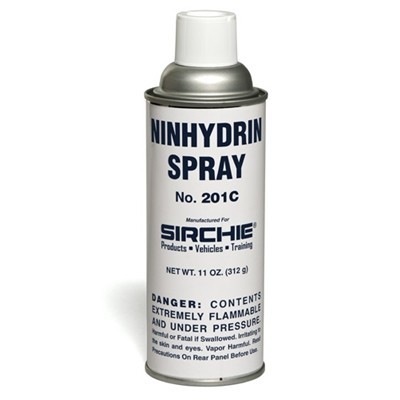
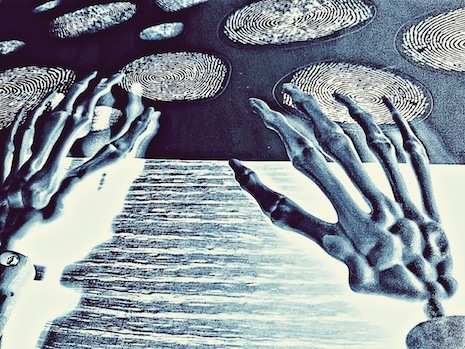

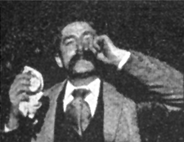
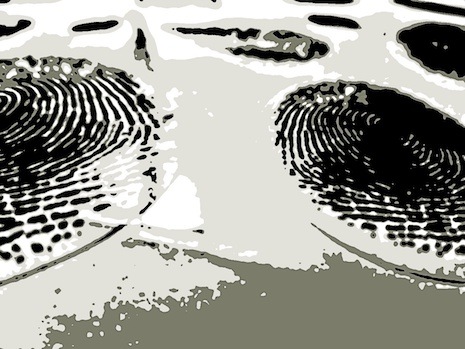
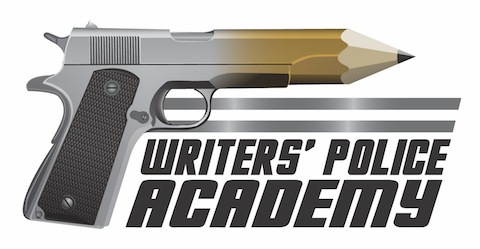
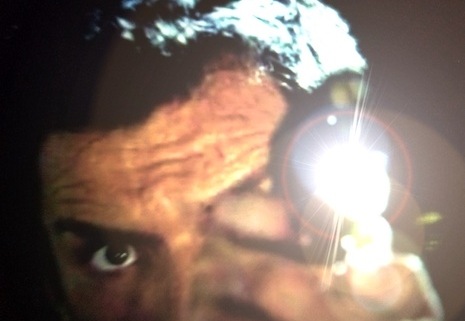

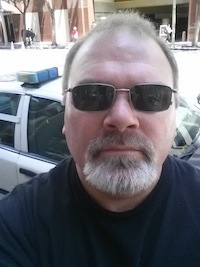

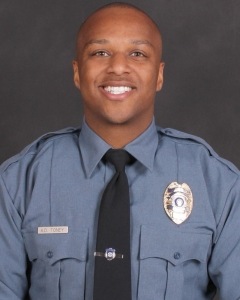 Officer Antwan Toney, 30
Officer Antwan Toney, 30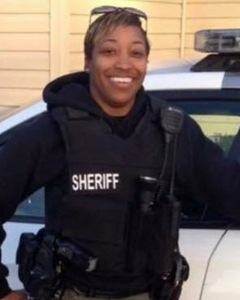
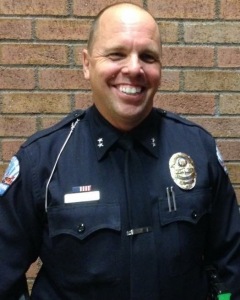 Assistant Chief of Police Dennis Vincent, 53
Assistant Chief of Police Dennis Vincent, 53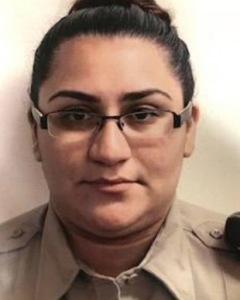 Deputy Sheriff Loren Vasquez, 23
Deputy Sheriff Loren Vasquez, 23



